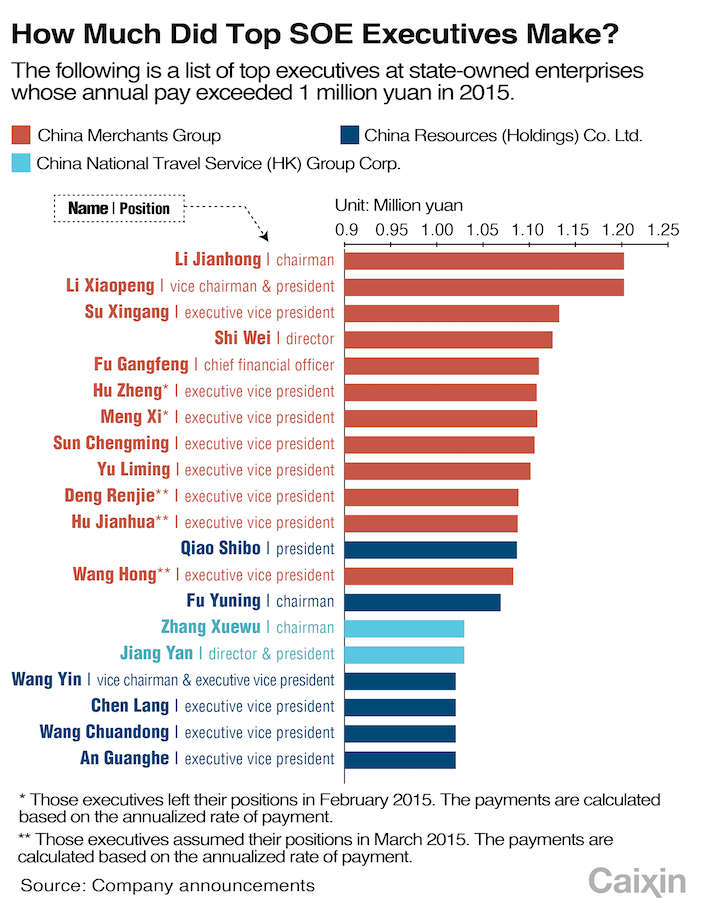China’s banking sector is walking a tightrope, folks, and the regulators are watching very closely. Recent reports indicate that a significant number of banks received directives in late March to halt approvals of consumer loans with interest rates below 3%. But here’s where it gets interesting – and frankly, a little unsettling.

Photo source:www.chinadaily.com.cn
Some institutions are attempting to circumvent these rules, aggressively pushing consumer loans tied to large-scale purchases or leveraging intricate coupon schemes to bring effective interest rates back down, even below the 3% threshold. It’s a game of regulatory arbitrage that frankly, feels precarious.
Now, let’s talk reality. As Dong Ximiao, Chief Researcher at Zhaolian Finance, rightly points out, these artificially low rates breed a dangerous ‘interest rate illusion.’ Consumers, lulled into a false sense of affordability, might take on debt they simply can’t handle. This isn’t just about personal finances; it’s a systemic risk.
Here’s a quick dive into the underlying dynamics:
Low interest rates can entice overborrowing, increasing household debt levels. This weakens financial stability and creates vulnerabilities within the economy.
Consumer loans aren’t always spent as intended. They can be diverted to riskier areas like property speculation, the stock market, or shadow banking.
Such fund misallocation can inflate asset bubbles and contribute to financial instability, destabilizing the overall economy.
Furthermore, this practice raises serious concerns about the legitimate use of funds. We’re talking about potential capital flowing into prohibited sectors, circumventing established lending guidelines. This isn’t just about banks pushing boundaries; it’s about the potential for serious financial disruption. It’s a potent cocktail of moral hazard and systemic risk, and it needs to be addressed decisively. The regulator is stepping in for a reason. Don’t expect this leeway to last.






